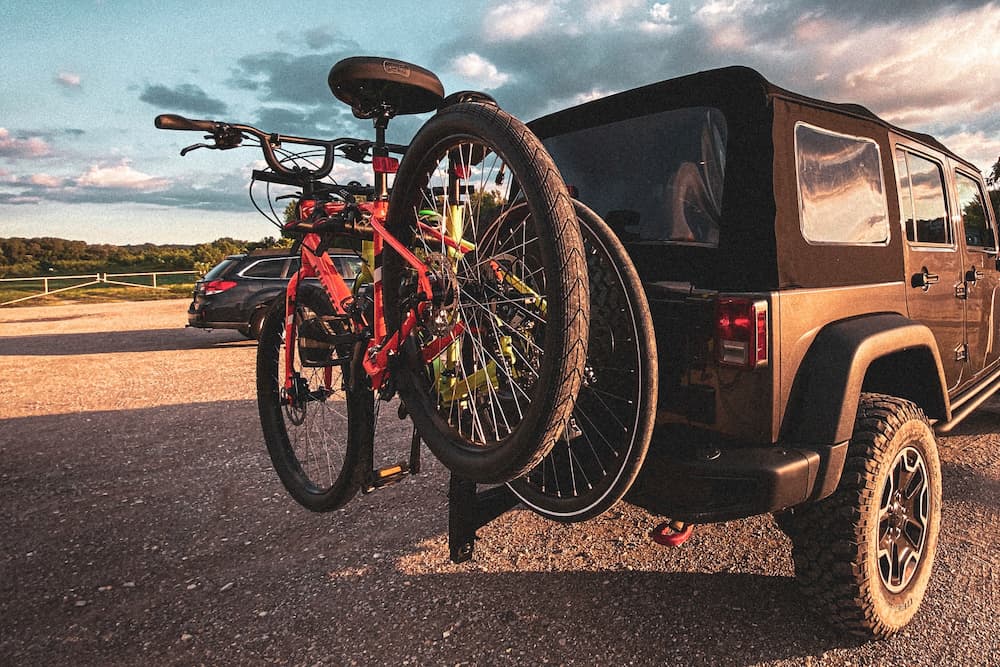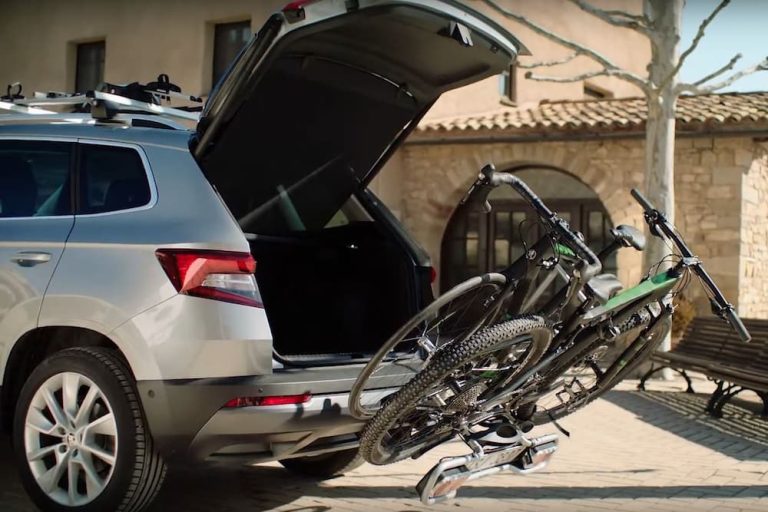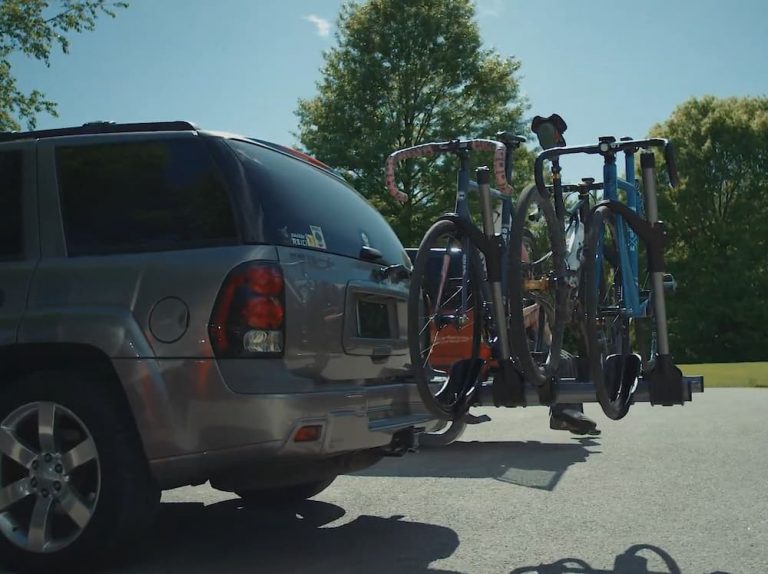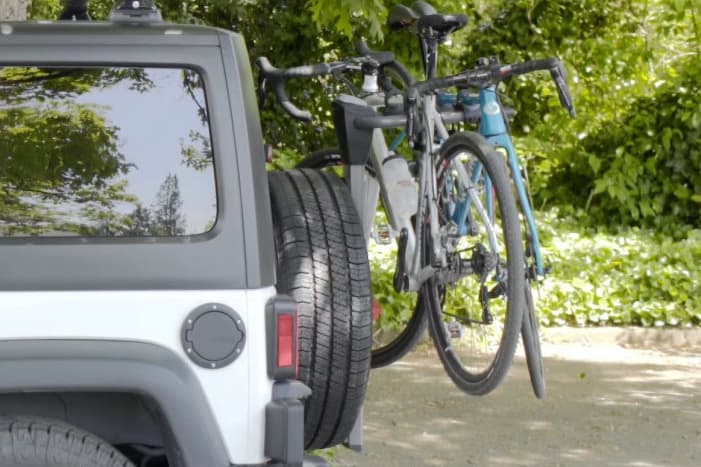How To Keep Bikes From Swaying On Bike Rack?
Have you ever faced the nerve-wracking sight of your bike swaying dangerously on a rack while driving? It’s a common problem for cyclists using hanging bike racks, causing worry about potential damage or even losing the bike on the road. This agitation isn’t just about the bicycle’s safety; it’s about peace of mind during your travels.
As a seasoned cyclist, I’ve been there and understand this concern deeply. Fortunately, there’s a straightforward solution. In this article, I reveal how creating a third point of contact effectively eliminates this swaying issue, ensuring your bike remains stable and secure. Join me as we explore simple, yet ingenious ways to keep your bicycle safe on the rack, making your travels worry-free.
As an Amazon Associate, I earn from qualifying purchases made through links in this post at no extra cost to you.
Contents
Why Does A Bike Sway On A Bike Rack?

Before we can prevent your cycle from swaying on the bike rack, we must know what’s causing it to wobble. Even if we’ve followed all the instructions in the owner’s manual to the letter and have our bike securely fastened to the rack, it often continues to wobble when we ride. So what’s the cause of the sway?
Let’s take a look at how we attach a bike to the rack. Usually, all bike carriers are equipped with a secure two-point locking system for the bicycle. The carrier comes into contact with the bike at two points. The grip is secure, but sometimes the bike can move forward and backward. So when you accelerate or decelerate, the inertia will cause the bike to wobble or shift on the rack.
This is the most common reason your bike sways on the rack. Other reasons can be a loose grip or swaying of the rack itself.
How do you stop bikes from swaying on the bike rack?
The reason your bike sways on the hitch bike rack is due to the design of the rack. Usually, bike racks are designed to contact the bicycle at two points. This causes the bike to oscillate forward and backward.
The simple solution is to create a third point of contact between the bike and the carrier.
Create The Third Point of Contact With The Bike Rack
How do we create a third point of contact between the bike and the bike carrier? Let’s get started right away!
Find the Right Place
First, we need to decide where to create the third point of contact. The easiest and most effective way is to place this point near the pedals.
The two existing contact points are near the bike handle and the seat. If we create a third contact point at the bottom of the pedals, we create an upside-down triangle. Together, these three points prevent the bicycle from swaying in any direction.
Get Some Soft Wraps
To create the third point of contact, we need soft wraps. They come in a variety of sizes.
There is nothing to worry about if you don’t have soft wraps. You can make do with a rope.
Tie the Pedals to Rack Mast
Whether you have a soft wrap or rope, we’ll use it to tie the pedals to the mast of the bike rack. Wrap the mast first and then go through the pedals. Then tie it down. This will create a solid third point of contact, and your two wheller won’t wobble in the carrier.
Also, tie the front wheel to the bike’s frame with another piece of soft wrap or rope. This will prevent the front wheel and handle from wobbling while driving.
And You’re Done!
This method is suitable for securing one bike and multiple bikes to the rack.
If you’re attaching multiple bicycles, you should attach the heaviest bike first and use a long rope or strap to create a third point of contact for all bikes.
Conclusion
In this journey to secure our bikes firmly on racks, we’ve uncovered simple yet effective strategies.
Who knew that adding a third point of contact could make such a difference? It transforms a two-point locking system into a more stable, triangle-based anchor, ensuring our beloved bicycles remain steady during transit. This approach not only increases safety but also spares us from the annoyance of rattling noises.
Through trial and error, I’ve found these methods to be lifesavers. No more looking back in worry while driving or the frustrating task of readjusting bikes at every stop. Now, with our bikes securely fastened, we can focus on the road ahead and the adventures waiting at our destination.
I’m glad to have shared these insights with fellow cycling enthusiasts. May your rides be smooth and your bicycles steady, securely perched upon their carriers, ready to accompany you on countless journeys.






